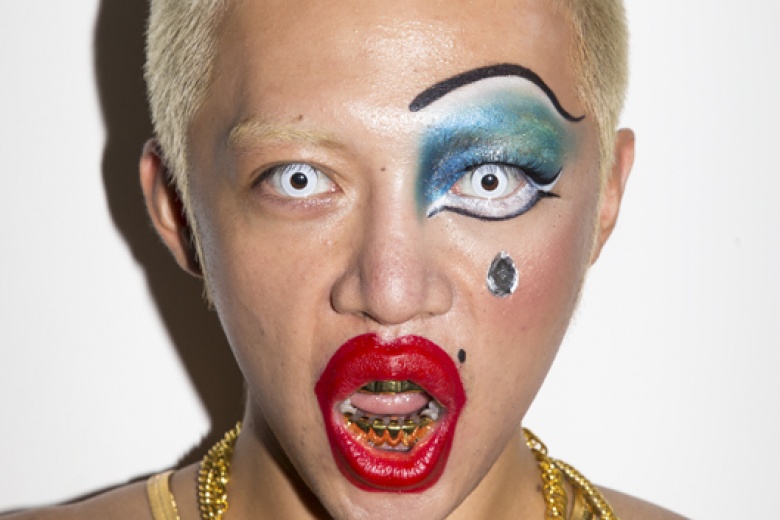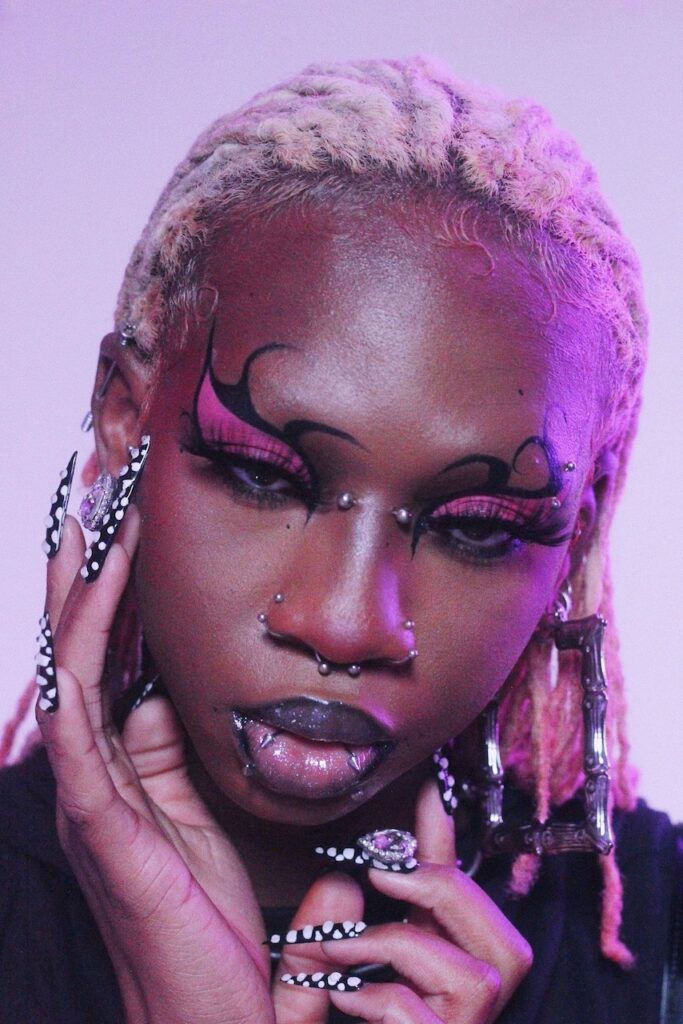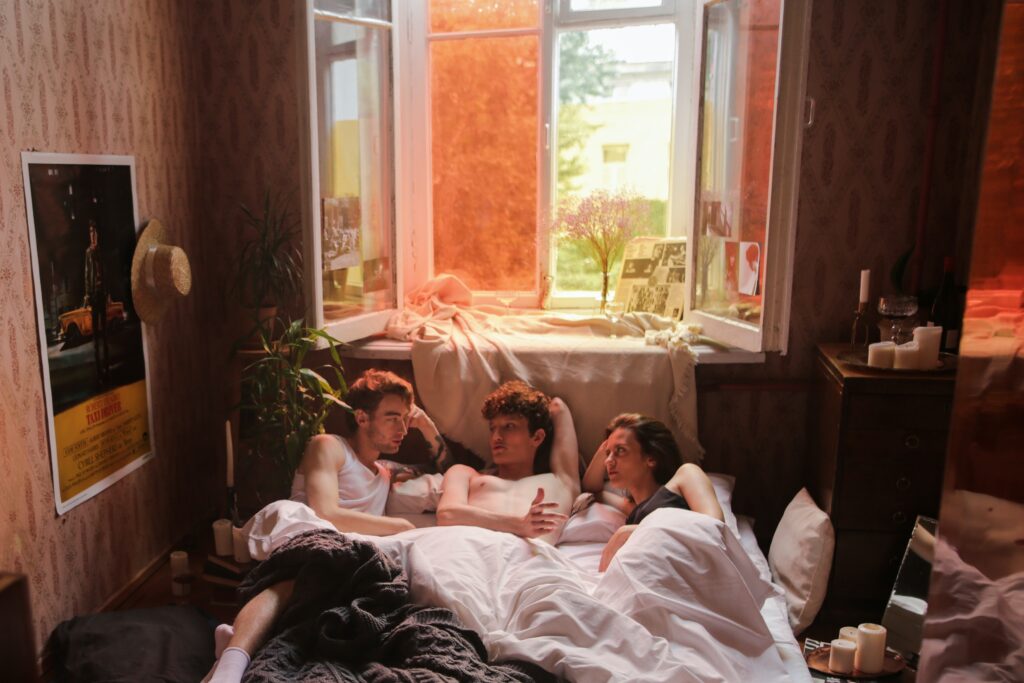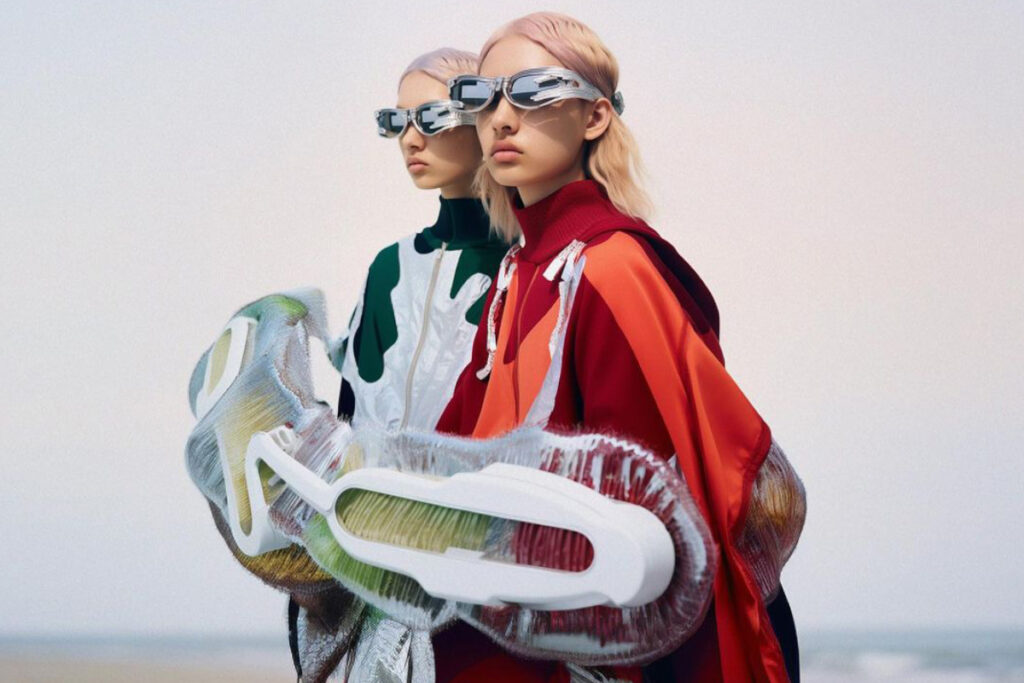We’re almost a week into June and you know what that means… We’re almost a week into Pride month! Cue the representative flags dramatically rolled over the façades of the tallest buildings, a multicoloured rain of sparkles falls from the sky, cries of elation fill the streets “Yaaas queeeen”, profile pictures all across the internet changed to avidly exhibit ally-ness, Gabriella Montez and Troy Bolton burst into song – “We’re all in this togeeetheer”. And then ehem… Rainbow sandwiches, rainbow glasses, rainbow t-shirts, rainbow flip-flops, rainbow staplers, everything on aisle 5. Right, God forbid we miss out on a chance to commodify anything in this life.
Although the issues of queerbaiting and the commodification of the LGBTQIA+ community are present all year round, oftentimes businesses kick it up a notch during the month of June, for obvious reasons. For those of you thinking “Is it really queerbaiting? Is it not just showing support for queer people?” let’s just quickly get on the same page as to what exactly queerbaiting is.
What exactly does the term queerbaiting mean?
At the end of the day is the same old story, profiting off of a community while completely disregarding their struggle. Appropriating something to attract queer audiences, while not actually defending gay rights so as to not lose conservative customers. Within this blatant queerbaiting, people cease to be people, and they turn into dollar bills instead. Only some of these dollar bills have had to fight for decades for the chance to simply exist and be themselves without fearing for their lives, particularly in public. It’s using a whole community, exploiting them for money while offering no real queer representation, ensuring they remain at the back of society’s narrative and that their cause does not advance. While on the other hand, when queer people themselves make their queerness visible, it is faced with criticism and being shunned by the industry.

So one can understand why these queerbaiting tactics cause an uproar among those who have experienced oppression for the same thing that is now making the oppressor rich.
This marketing ploy can be appropriated and adapted by any industry. Corporate queerbaiting is where companies pretend to be allies of the queer community only to fund politicians who actively seek to undermine gay rights. The so-called ‘rainbow capitalism’ or simply as means to increase sales during the month of June. Artists allude to the possibility of them being queer in a song to reel in queer audiences, and then leave them there, hanging, for eternity. Fashion labels and retailers exploit the queer aesthetic when convenient and when it sells, then proceed to turn a blind eye when they’re in need of help. All ways in which the world takes advantage of the commodification of gay people and the LGBTQIA+ collective as a whole, while in reality investing nothing in the actual advancement of their cause.
The queerbaiting problem is bad. But could it also be good?
Many argue that simply the fact that queerbaiting is a thing is a sign of the progress achieved throughout the last decade. Before, a public figure would not be questioned for donning queer aesthetics or dropping hints about their inherent queerness. First of all because generally speaking being perceived as gay was a motive for career hindrance rather than advancement. Moreover, the LGBTQAI+ community was starved for any visibility, the lack of representation was appalling ten or twenty years ago. Therefore queer audiences were glad to at least see something that might belong to their community in the public eye. To see the tips of their icebergs on TV, in a song, or in an advert.
Nowadays, we have huge artists such as Lil Nas X who have done the exact opposite, publicly coming out as gay only after they achieved success. He admitted to doing so precisely so that audiences wouldn’t think he was doing it for clout, and so that once he got to the top he could become proof that a gay black man belongs in the contemporary rap scene. A scene that was notoriously dominated by cis black men and hyper-masculinity.
But back to the matter at hand, it’s not that queerbaiting is good, it isn’t. It is simply a sign that things are not as bad as they used to be. Regardless, it stands as a hurdle in the present day fight for gay rights.

So enough already with the whole exploiting a cause for money. You wanna make money off of it? Fine, but then actually do something useful for the queer community. Uplift queer creatives rather than buying from normative businesses that have appropriated queer aesthetics. Support, boost, and give visibility to queer creators, queer art, and queer content, and not just as a ploy to win over queer audiences, but as means of systematically integrating queer voices, queer stories, and queer representations into society’s contemporary narrative. For the stories of queer people to matter just as much as normative ones. Not as a sidekick, not as a joke, not to win diversity points, but to accurately portray the relevance, value, and impact of queer lives. Which in case you were wondering, would be just as much as any other life.













